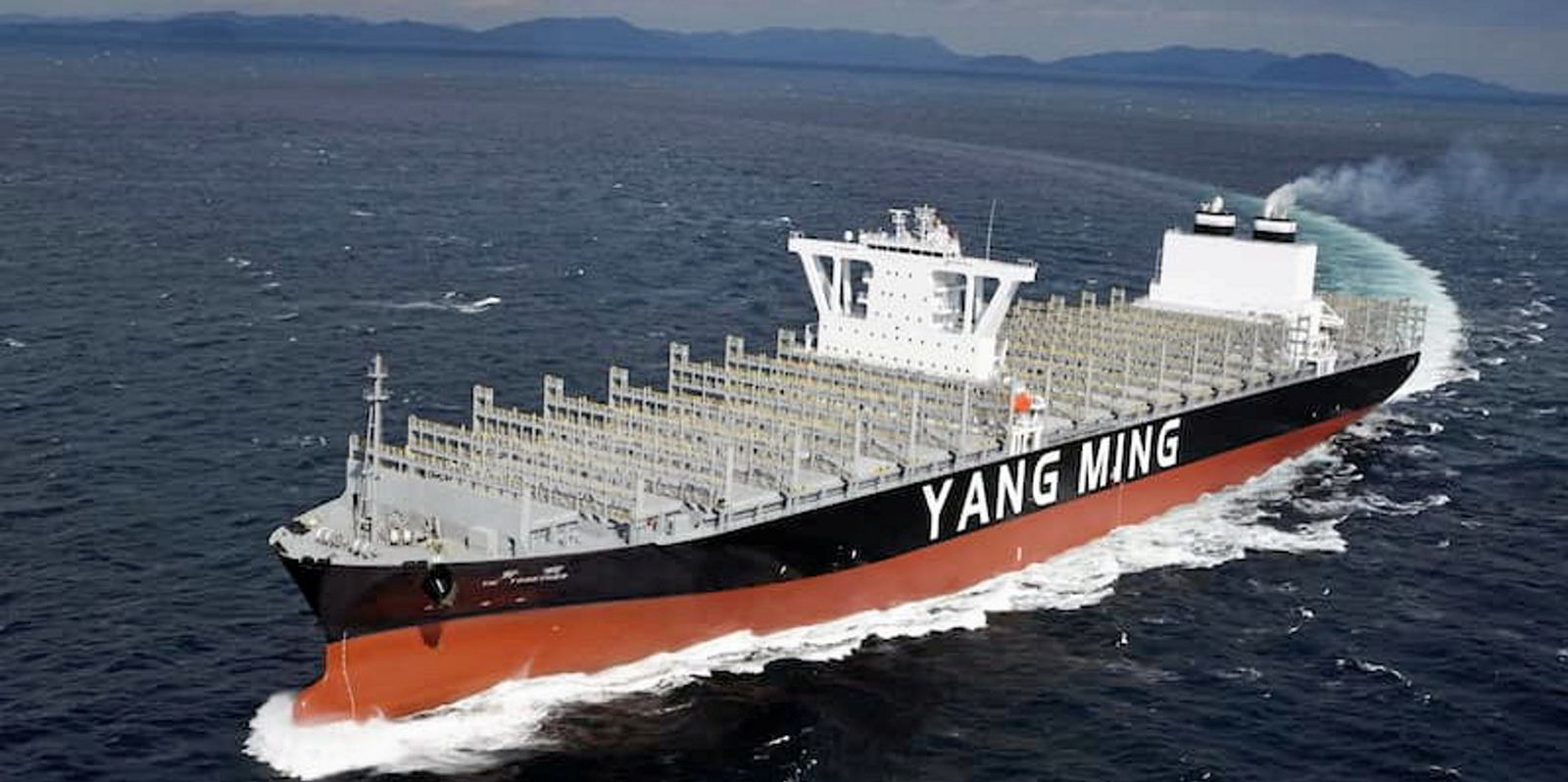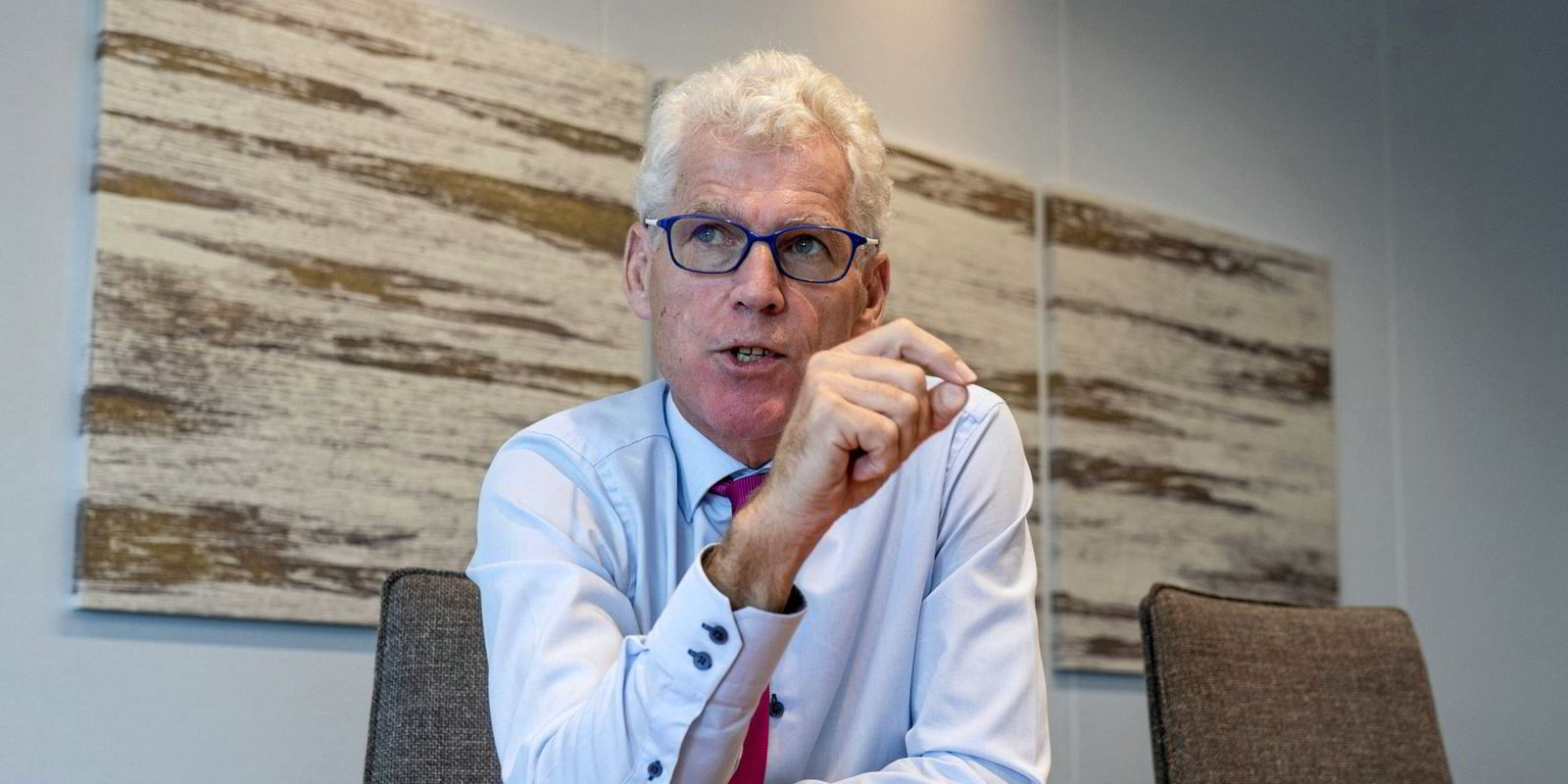Taiwan’s Yang Ming Marime Transport is buying three neo-panamax boxships from their Japanese owner for about $102m each.
The 14,000-teu YM Wellbeing (built 2018), YM Wellspring and YM Warranty (both built 2019) have been purchased for between $302m and $310m, according to a stock exchange statement.
The board of Yang Ming has taken the decision to purchase the vessels against the termination of a long-term charterparty.
The trio belong to a series of five ships ordered in September 2015 at Imabari Shipbuilding in Japan.
They were financed by long-term charters with Japanese shipowner and financier Shoei Kisen Kaisha.
Yang Ming has used the vessels for its services as part of THE Alliance, where it operates together with Hapag-Lloyd, Ocean Network Express and South Korea’s HMM.
The three ships currently operate on services from Asia to the Middle East as well as on transpacific services to the US west coast.
Like their two sister ships, the 14,000-teu YM Wonderland and YM Wisdom (both built 2018), the vessels are equipped with 1,000 reefer plugs and can cruise at speeds of up to 23 knots.
Newbuilds
Yang Ming has been building up its owned and operated fleet, which comprises about 94 vessels with total capacity of 715,000 teu.
In May, the company put pen to paper on an order for five LNG dual-fuel, 15,500-teu boxship newbuildings at HD Hyundai Heavy Industries (HD HHI).
The liner giant said the order for the new large container ships was part of the company’s midterm to long-term fleet plan.
The liner operator did not disclose their newbuilding price but brokers suggested it will be paying between $175m and $195m per ship.
HD HHI is scheduled to deliver them in 2026. Until the order was placed, the Taiwanese liner operator was said to be the only member in THE Alliance to have not ordered dual-fuelled ships.
Yang Ming is the world’s ninth-largest liner company, according to Alphaliner.
The company’s newbuildings will be equipped with high-pressure LNG dual-fuel main engines and ballast water treatment systems to meet the latest environmental regulations.
The vessels will feature an advanced integrated system for navigational information and operation monitoring, as well as broadband maritime satellite systems.





